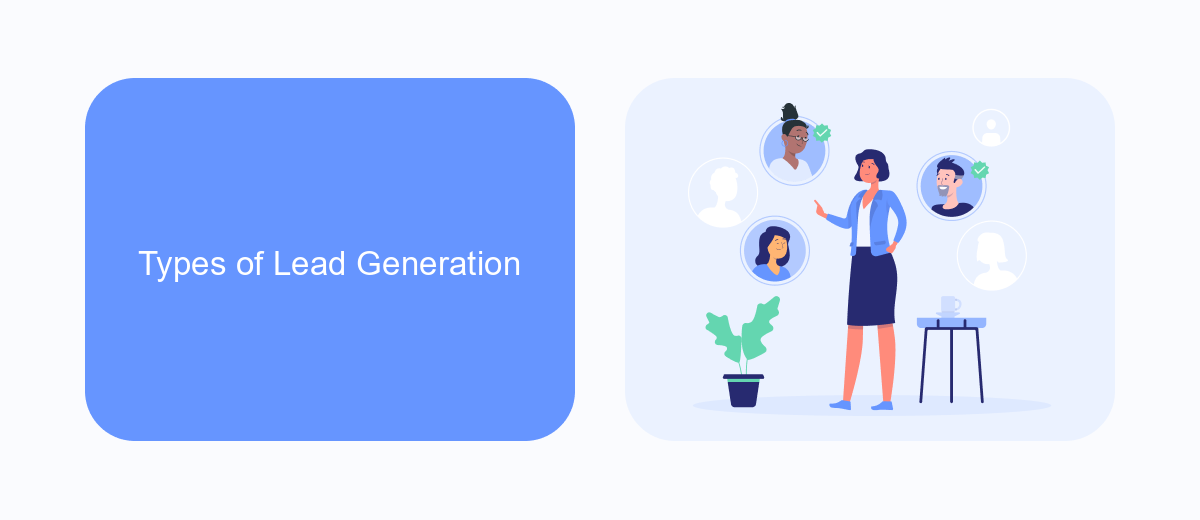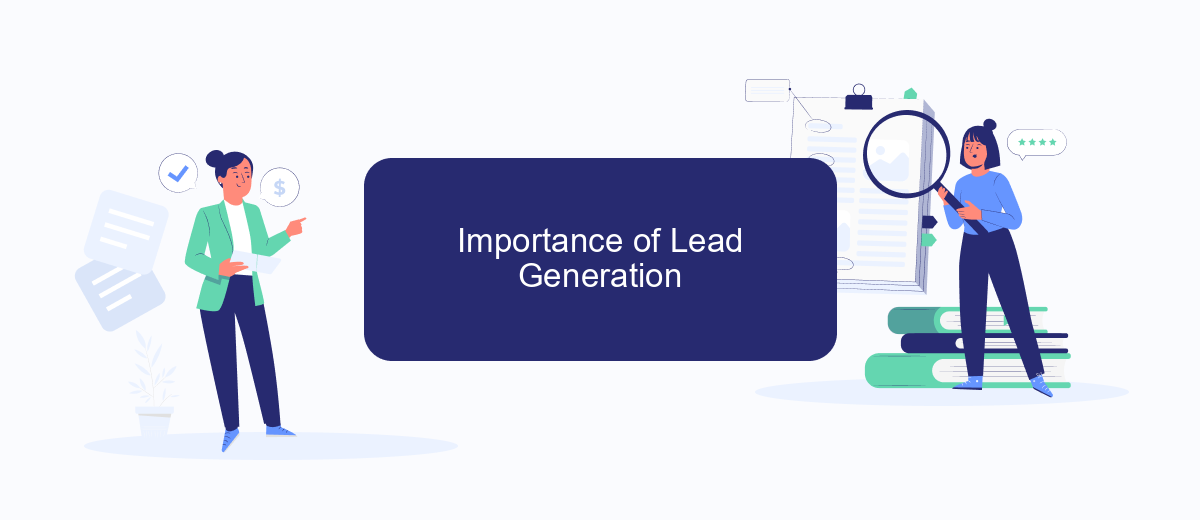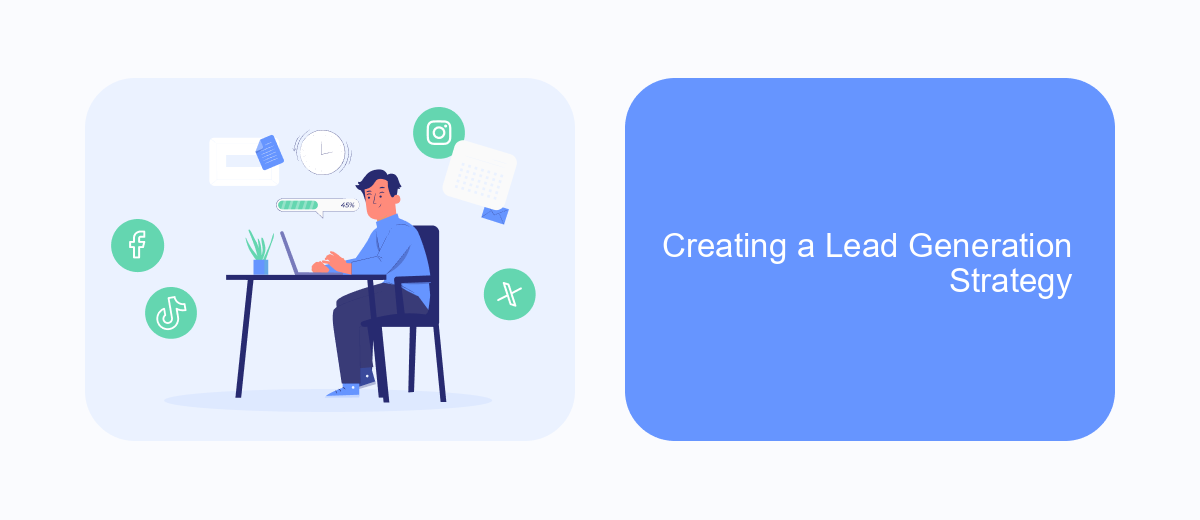Lead generation is a critical component of any successful marketing strategy, serving as the first step in the sales funnel. It involves attracting and converting prospects into potential customers by leveraging various tactics and tools. Understanding the nuances of lead generation can significantly enhance your ability to reach and engage your target audience, ultimately driving business growth.
Definition of Lead Generation
Lead generation is the process of attracting and converting strangers and prospects into someone who has indicated interest in your company's product or service. It involves various marketing strategies and techniques aimed at capturing the interest of potential customers and nurturing them through the sales funnel.
- Identifying target audience
- Creating valuable content
- Utilizing social media platforms
- Implementing email marketing campaigns
- Setting up automated lead nurturing workflows
Effective lead generation requires a combination of strategic planning, content creation, and the use of various tools and integrations. Services like SaveMyLeads can automate the process of capturing and managing leads by integrating different platforms and ensuring seamless data flow, thereby enhancing the efficiency of your lead generation efforts.
Types of Lead Generation

Lead generation can be broadly categorized into two main types: inbound and outbound. Inbound lead generation focuses on attracting potential customers through valuable content and experiences tailored to their needs. This includes strategies like content marketing, search engine optimization (SEO), and social media engagement. By creating high-quality blog posts, eBooks, and videos, businesses can draw in leads who are already interested in their products or services. This method relies heavily on providing value and building trust with the audience over time.
Outbound lead generation, on the other hand, involves proactively reaching out to potential customers through direct methods. This includes tactics such as cold calling, email marketing, and advertising. Outbound strategies are often faster in generating leads but may require more effort and resources to convert these leads into customers. Additionally, integrating various lead generation tools and services can streamline the process. For example, SaveMyLeads offers automated integration solutions that help businesses connect their lead generation activities with CRM systems, email marketing platforms, and other essential tools, ensuring a seamless flow of information and more efficient lead management.
Importance of Lead Generation

Lead generation is a crucial aspect of any successful business strategy. It involves attracting and converting prospects into potential customers, thereby driving revenue growth and ensuring the sustainability of the business. Without effective lead generation, companies may struggle to find new customers and expand their market presence.
- Increased Sales: By generating more leads, businesses have a higher chance of converting these prospects into paying customers, thus boosting sales.
- Improved ROI: Effective lead generation strategies can lead to a better return on investment by ensuring marketing efforts are targeted towards the right audience.
- Market Expansion: Generating leads allows businesses to tap into new markets and expand their customer base.
- Customer Insights: Lead generation provides valuable data about potential customers, helping businesses tailor their products and services to meet market demands.
- Competitive Advantage: Companies that excel in lead generation can stay ahead of their competitors by consistently attracting and engaging new prospects.
To streamline the lead generation process, businesses can leverage tools like SaveMyLeads, which automate the integration of various lead sources with CRM systems. This not only saves time but also ensures that no potential lead is overlooked, enhancing overall efficiency and effectiveness. By prioritizing lead generation, companies can secure a steady flow of new customers and maintain a competitive edge in their industry.
Creating a Lead Generation Strategy

Creating a lead generation strategy involves a systematic approach to attract and convert prospects into leads. The first step is to identify your target audience by understanding their needs, preferences, and pain points. This allows you to tailor your messaging and offers effectively.
Next, you need to develop high-quality content that resonates with your audience. This can include blog posts, ebooks, webinars, and social media updates. Make sure your content is valuable and addresses the specific challenges your prospects face.
- Identify target audience
- Create valuable content
- Optimize landing pages
- Utilize email marketing
- Leverage social media
Integrating automation tools like SaveMyLeads can streamline your lead generation process. This service helps you connect various platforms, ensuring that leads are captured and managed efficiently. By automating data transfer and follow-ups, you can focus more on nurturing relationships and closing deals.


Best Practices for Lead Generation
Effective lead generation starts with understanding your target audience. Create detailed buyer personas to identify the needs, preferences, and behaviors of your potential customers. Use this information to tailor your marketing messages and content to resonate with your audience. Additionally, leverage multiple channels such as social media, email marketing, and SEO to reach a broader audience and capture more leads.
Integrating your lead generation tools can streamline the process and improve efficiency. Services like SaveMyLeads can automate the transfer of leads from your marketing platforms to your CRM, ensuring no lead falls through the cracks. Regularly analyze your lead generation efforts to identify what works and what doesn’t, and be prepared to adjust your strategies accordingly. Consistently providing value through high-quality content and engaging interactions will build trust and encourage prospects to become leads.
FAQ
What is lead generation?
Why is lead generation important for businesses?
What are some common methods of lead generation?
How can businesses automate their lead generation process?
What metrics should businesses track to evaluate the effectiveness of their lead generation efforts?
If you use Facebook Lead Ads, then you should know what it means to regularly download CSV files and transfer data to various support services. How many times a day do you check for new leads in your ad account? How often do you transfer data to a CRM system, task manager, email service or Google Sheets? Try using the SaveMyLeads online connector. This is a no-code tool with which anyone can set up integrations for Facebook. Spend just a few minutes and you will receive real-time notifications in the messenger about new leads. Another 5-10 minutes of work in SML, and the data from the FB advertising account will be automatically transferred to the CRM system or Email service. The SaveMyLeads system will do the routine work for you, and you will surely like it.
